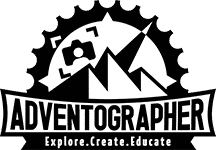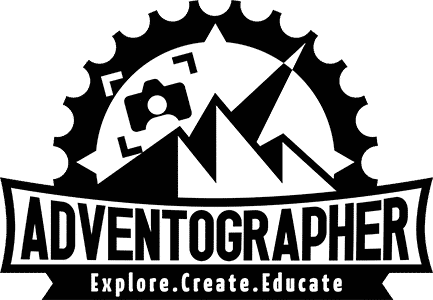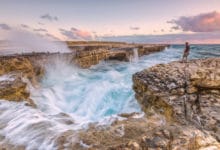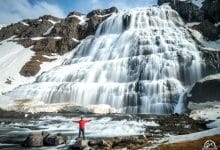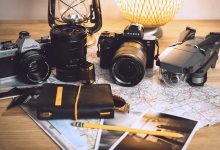Wait! What?! There’s an Eclipse? When? Where? If you found yourself saying anything like that you’re in for a treat! On Monday August 21, 2017 north America will experience an eclipse!
2017 Total Solar Eclipse
The last Total solar eclipse seen in continental North America was in February of 1979, and only five US states would have been able to see it. This year (dependent on weather) the total solar eclipse will be visible to no less than 11 US states and a partial solar eclipse to all of North and Central America (even northern countries of South America)
To know where & when you’ll be able to see it a fully interactive google map was setup HERE -Interactive 2017 Solar Eclipse Map
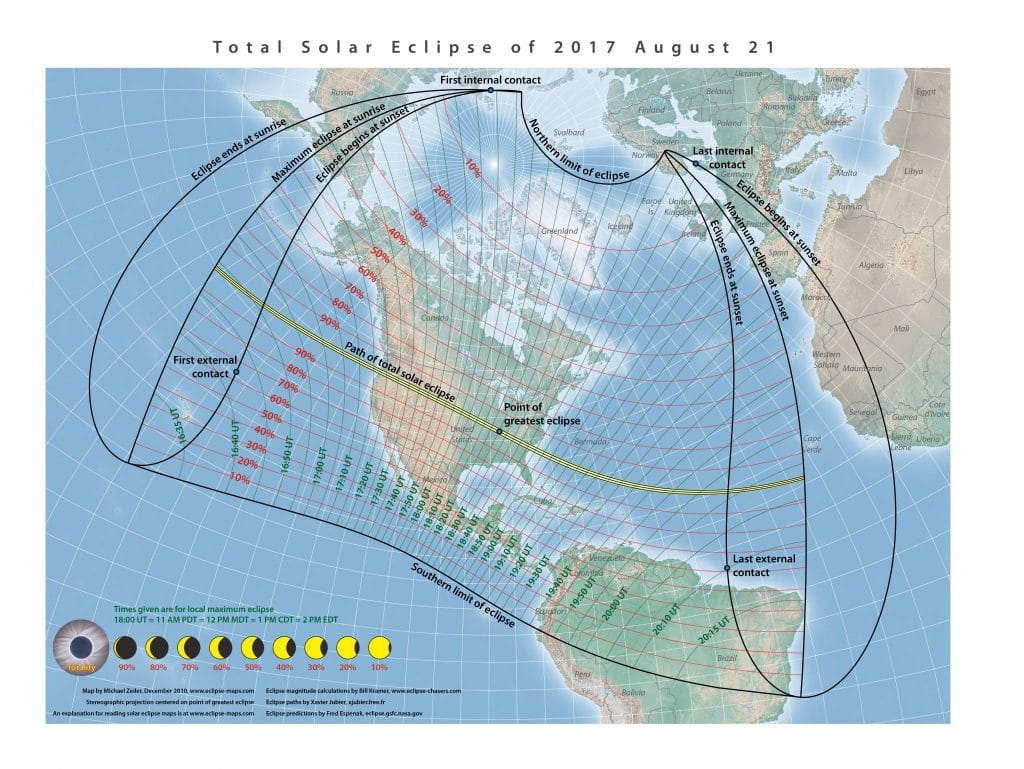
Eye Safety
The ONLY safe time to look at an eclipse with the naked eye is during the TOTAL phase of a TOTAL eclipse. And even then, you must ALWAYS use eye protection any time any piece of the Sun’s bright disk is visible. It is NEVER safe to look at the partial phases of an eclipse without proper protection. Seeing a total eclipse can in fact be done quite safely with proper eye protection. But if you choose to stare at the Sun, outside of the window of time that it is being covered completely by the moon, without proper equipment, then you will likely do damage to your eyes.
IT IS NEVER SAFE TO LOOK AT THE SUN WITHOUT PROTECTION AT ANY TIME WHEN ANY PART OF ITS BRIGHT DISK IS VISIBLE.
Eclipse viewing glasses with proper solar filter material are readily available from local suppliers in north America. Use these if you plan to watch the eclipse.
Can I look at the sun at any time during the eclipse?
You can look at the sun during the eclipse while wearing certified eclipse glasses, welding glass (level 14) or other filters. You can look at the sun without the protection ONLY during the two minutes or so when the moon completely blocks out the sun. Only look at the sun without glasses if you live in the area of totality – a narrow strip of the country where the sun will be completely blocked out.
For the rest in the area where the sun is only partially blocked out, keep the glasses on. Do not look at the partially blocked sun without them.
So what if I do look at the sun without protection?
You could, and likely will, damage your retina, leading to vision damage.
What if I want to see it, but not go out to look at it?
No problem, all the major networks, and cable channels will be carrying the eclipse live. ABC, NBC, CBS, PBS, CNN, Fox and other cable outlets have plans to broadcast the progress of the eclipse across the country.
NASA will livestream the eclipse starting at 1 p.m. ET. NASA plans views from balloons, satellites, and telescopes.
Other safe viewing methods, projection etc. are discussed here.
Photography
A once in a lifetime event like this is bound to have you wanting to pull out your camera. Hang tight! There are a bunch of things you need to know before you point that expensive hunk of metal and glass at the giant fireball in the sky!!
The solar eclipse has three distinct phases. Two partial eclipse phases (incoming and outgoing) and the totality (when the sun is completely obstructed by the moon). A total solar eclipse will only be visible at certain latitudes throughout North America. The vast majority of us will be seeing a partial solar eclipse. Photographing the sun during the partial phases is very dangerous for both your eyes and your camera gear and requires specific solar filters to be done safely.
Once the sun is fully eclipsed it is perfectly safe to look at and photograph without protective filters. But remember, you’ll have only ~120 seconds before you’re back in the danger zone *Cue Topgun Music* If your camera is still pointed at the eclipse with the lens cap off, even if not taking a photo, when the sun comes out of totality focusing all that light into your camera WILL cause damage, We’ve warned you! Dont melt your camera! Use your best judgement!
DON’T MELT YOUR CAMERA!
Video credit: Every Photo Store
Photo Tips
If you still want to shoot the Eclipse (with filters) or during the totality grab your camera bag and lets go! Here are just a few tips for a successful outing and coming back with all your gear in one (functioning) piece:
-Bring white towels or clothes to put over your photography equipment to keep it from overheating while waiting on the totality.
-Pre-Focus your lens to infinity
-Use a long Lens (300mm equivalent minimum) so you’ll actually be able to see something!
-ND Filters ARE NOT solar filters, don’t do it! Like your momma always said, use protection!
